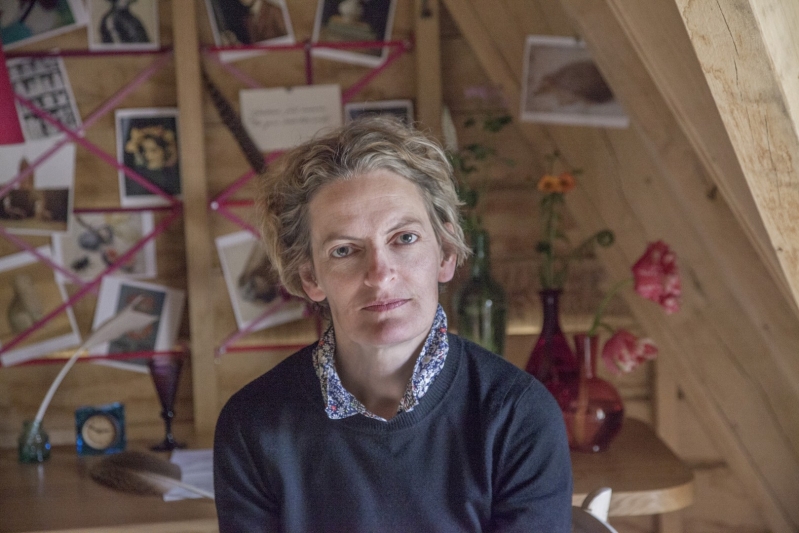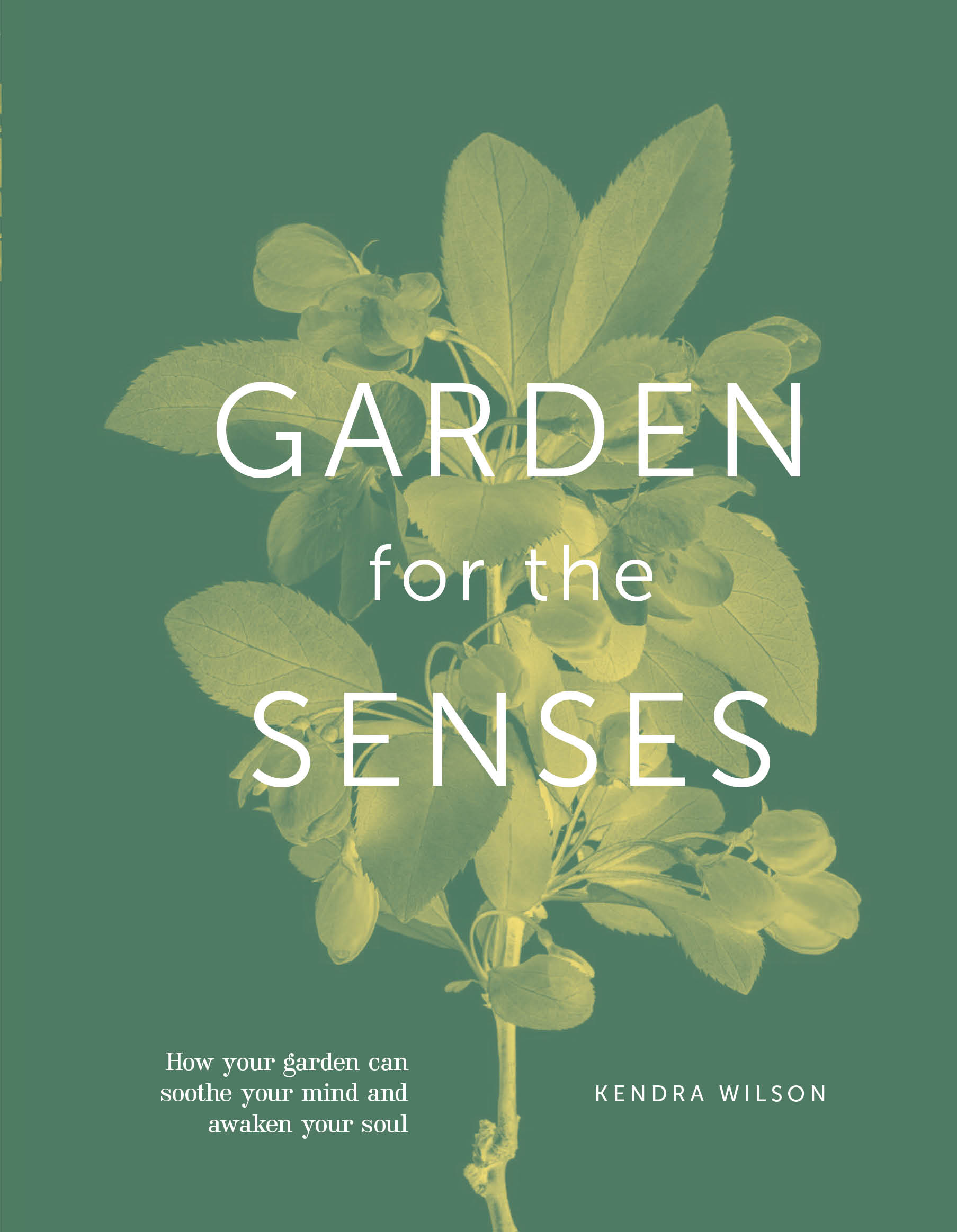As the days lengthen, the temperatures rise and Spring erupts, gardeners around the country will be embarking on plans on how best to rejuvenate their gardens and make more of their outdoor space. With so many people new to gardening since the 2020 lockdown – but with the realisation of how being outdoors gardening can help one’s mental health – you may be thinking of creating a garden that will further enliven your senses. Kendra Wilson’s new book Garden for the Senses (DK Penguin Random House) provides all the answers you may be seeking.
UK-based garden writer, picture editor and designer for prestigious magazines, Kendra Wilson’s book gives detailed information on how to use plants more effectively and enhance your sense of touch, sight, hearing, smell and taste. She explains in a comprehensive manner, what plants to grow to nourish both your mental and physical wellbeing. Kendra has had an illustrious career as a journalist but has also worked as an undergardener at ancient estates in Northamptonshire. As a regular contributor to several glossy garden monthly magazines, she has a fervent interest in drawing her reader’s attention to imaginatively conceived spaces, demonstrating how design and horticulture work in harmony with nature.

It doesn’t matter what size your outdoor space, or where you live; each of our five senses are written about in detail with practical advice on which plants are best suited to help you improve your sensory enjoyment of your outdoor space.
Kendra explains what inspired her to write the book. “It occurred to me that people are more likely to worry about their gardens than enjoy them, and that appreciating a garden or landscape comes from taking the time to linger. A garden that is alive with birdsong and buzzing, as well as year-round scent and texture, and which can be gently grazed as you move around it, while yielding beautiful flowers and branches to be brought indoors is a garden for the senses. In a garden like this, you will go from hearing to listening and from seeing to gazing; much more fun than making to-do lists and shopping for plastic topiary.”
Not only are the chapters beautifully illustrated with stunning photography from a selection of high-quality photographers including Britt Willoughby Dyer, Garden for the Senses is written in such a way that is both informative and hugely inspiring. Following an introduction on how to create a garden for the senses, the five chapters covering Touch, Taste, Scent, Sight and Sound, tell you much more than just what plants to use.
Kendra talks about the importance of the feel of plants – the textures of their leaves – how to care for them, how the science behind how each category of plants plays an important part in their contribution towards a sensory garden and finally, recommends a selection of plants to choose.
This is not your typical gardening book; instead, it offers something of interest to growers, gardeners, cooks and nature lovers. By reading the comprehensive explanations for each chapter, you will gain a greater understanding of how to fill your outdoor space with uplifting fragrances, relaxing sounds, calming colour schemes, plants which taste good and ways to grow plants that feel good to touch.
Garden for the Senses, £12.99 available now from all good bookshops.









